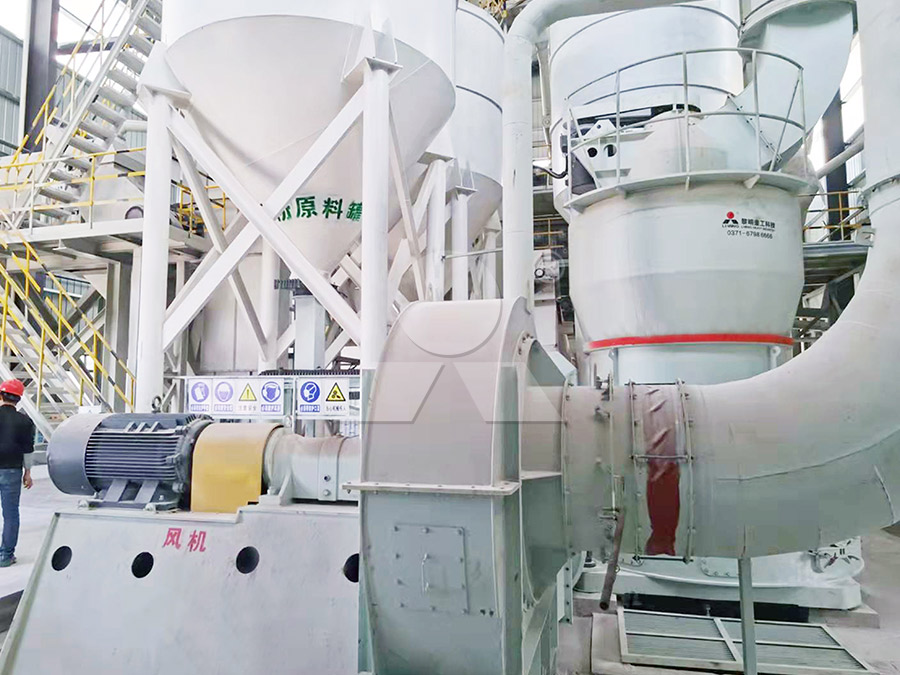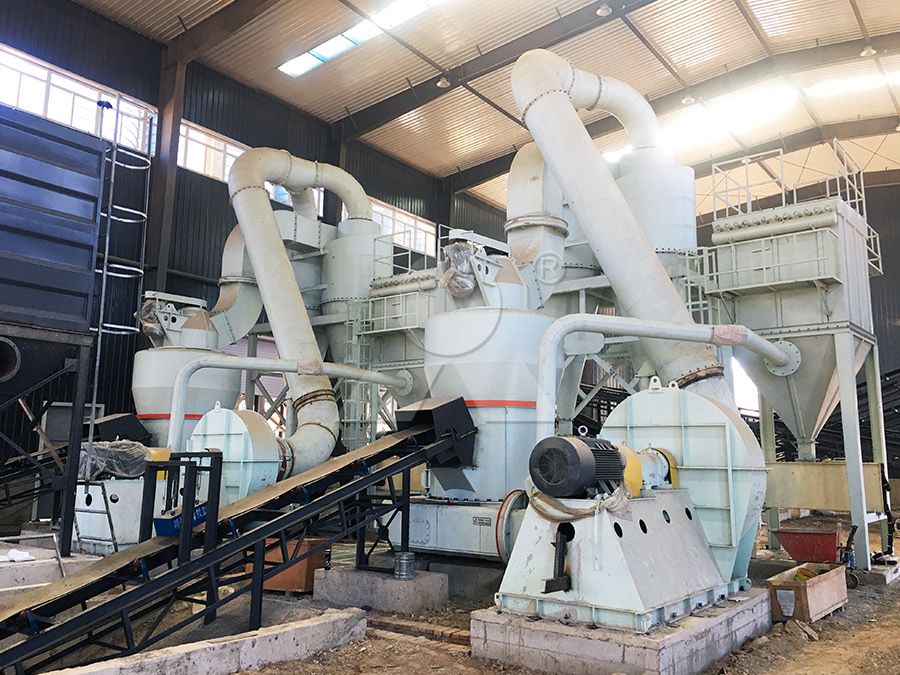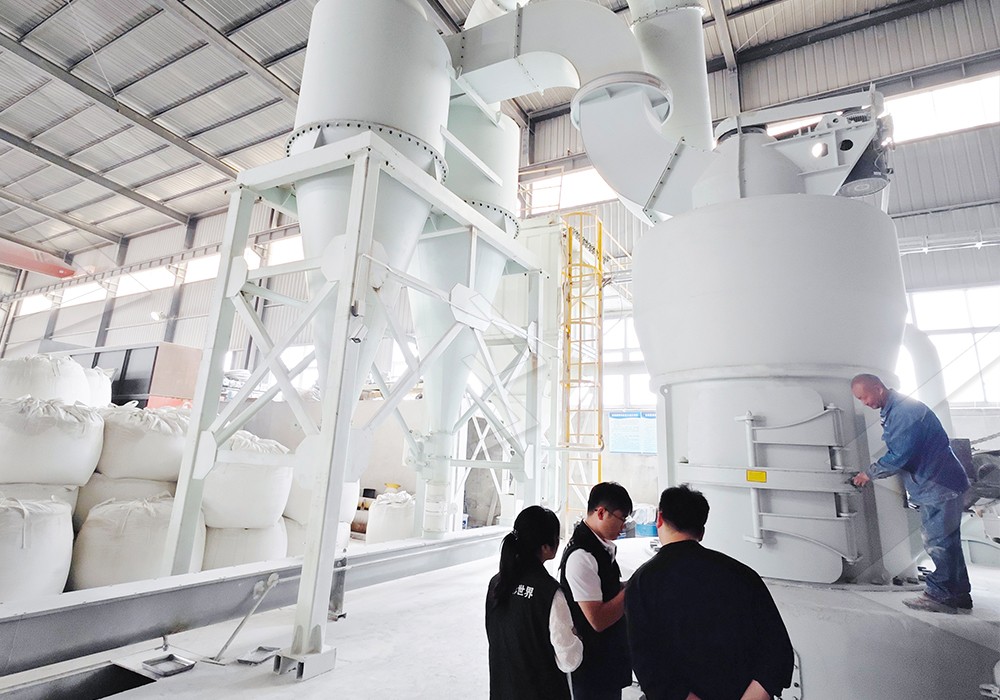Common Problems and Solutions for Horizontal Raymond Mill Operation
Common Problems and Solutions for Horizontal Raymond Mill Operation
Operating a horizontal Raymond mill efficiently requires understanding common operational challenges and their practical solutions. Based on years of field experience and customer feedback, we’ve compiled the most frequent issues encountered during daily operation and maintenance.
1. Insufficient Grinding Fineness
One of the most common complaints involves inconsistent or inadequate product fineness. This typically stems from improper adjustment of the analyzer speed or worn grinding components. The analyzer speed directly controls how long materials remain in the grinding chamber – slower speeds allow more grinding time for finer particles. Check your analyzer settings first before assuming mechanical issues.
Worn grinding rolls and rings significantly impact fineness. Regular inspection and replacement of these components are crucial. For operations requiring ultra-fine powder between 325-2500 meshes, consider upgrading to our MW Ultrafine Grinding Mill which features German cage-type powder selector technology for precise particle size control.

2. Reduced Production Capacity
When output decreases unexpectedly, first examine the feed system. Inconsistent feeding – either too much or too little – disrupts the grinding process. The optimal scenario maintains a consistent layer of material between grinding rolls and the grinding ring.
Blocked air circulation represents another common culprit. Check all ducts, cyclones, and bag filters for obstructions. Reduced airflow means fewer finished products get transported to the collection system, forcing regrinding of already acceptable material.
3. Excessive Vibration and Noise
Unusual vibration or noise typically indicates mechanical issues. Common causes include unbalanced grinding rolls, loose fasteners, or insufficient lubrication. Immediately shut down the equipment if violent vibration occurs to prevent catastrophic damage.
Regular maintenance checks should include: bolt tightness, roll balance, and proper lubrication of all bearings. For operations prioritizing stability, our LUM Ultrafine Vertical Grinding Mill incorporates double position-limiting technology that prevents destructive impacts during unexpected vibration events.

4. Overheating Bearings
Bearing overheating usually results from inadequate lubrication, contaminated grease, or excessive loading. Ensure you’re using the recommended lubricant and following proper relubrication intervals. Check that seals are intact to prevent abrasive powder from contaminating bearing housing.
Monitor bearing temperatures regularly. A sudden temperature increase often precedes failure. Modern mills like our MW series feature external lubrication systems allowing maintenance without shutdown, significantly reducing downtime risks.
5. Abnormal Motor Load
Fluctuating motor amperage indicates operational issues. High current typically means overfeeding or insufficient airflow, while low current suggests underfeeding. Both conditions reduce efficiency and increase operational costs.
Maintain consistent feed rates matched to your target fineness. Remember that finer grinding requires more power, so adjust feeding accordingly when changing product specifications.

Frequently Asked Questions (FAQ)
Q: How often should I replace grinding rolls and rings?
A: Replacement intervals depend on material abrasiveness. For moderately abrasive materials, inspect every 500-800 hours. Highly abrasive materials may require inspection every 300 hours. Always keep spare parts available to minimize downtime.
Q: What causes black spots in my final product?
A: Black spots typically indicate metal wear from grinding components or contamination from previous batches. Check for excessive wear on grinding rolls and rings, and ensure proper cleaning between material changes.
Q: Why does my mill consume more power than specified?
A: Excessive power consumption usually results from overfeeding, grinding elements requiring replacement, or insufficient airflow. Check these three areas systematically to identify the root cause.
Q: How can I improve my mill’s energy efficiency?
A: Consider upgrading to modern designs like our MW Ultrafine Grinding Mill, which consumes 30-40% less energy than traditional designs while providing 40% higher capacity. Proper maintenance and optimal operation parameters also significantly impact efficiency.
Q: What maintenance tasks should be performed daily?
A: Daily checks should include: lubricating oil levels, unusual vibrations or noises, motor amperage, product fineness, and any air leakage in the system. Documenting these observations helps identify developing issues early.
